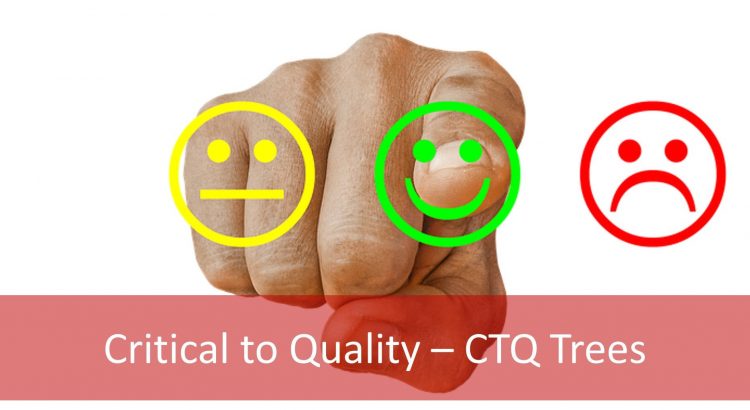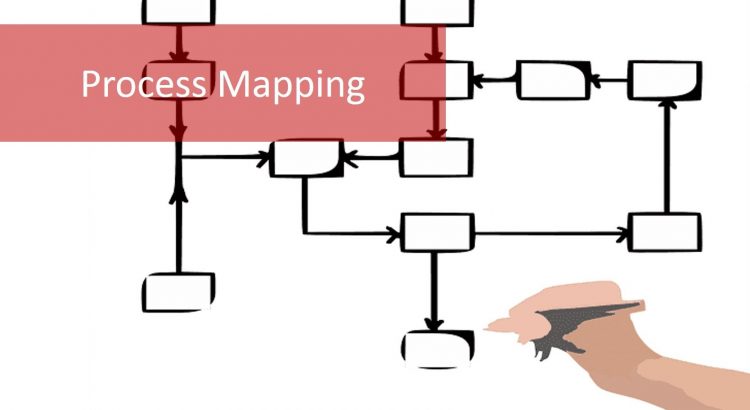There are many Six Sigma tools that are covered in Lean Six Sigma Green Belt training. One of the most important processes of the Six Sigma Define phase of the DMAIC cycle is Process Mapping. Process mapping is one of the fundamental Six Sigma principles that are shortly covered in free Six Sigma courses. But […]
Tag: Lean Six Sigma Certification

Six Sigma Critical to Quality: 7 Steps to Produce CTQ Tree
In 6 Sigma, CTQ is an acronym that stands for Critical-To-Quality. Customer requirements, which are identified as CTQs, are actually a handful of elements that are considered critical to the executive team in determining the success of the project/product/process. CTQ trees were originally developed as a part of the Six Sigma approach. However; you can […]

5 Areas of a Project Feasibility Study in Six Sigma
Before we can talk about the concept of a ‘Project Feasibility Study’ we first need to understand what a feasibility study represents. The project feasibility study is also known as viability study or feasibility analysis. As the title suggests, this technique is used to determine the feasibility of a business problem or improvement opportunity. This […]

3 Levels of Quality in KANO Model
In online Six Sigma course, we learn that the success of every Six Sigma project is determined by how well the process improvement increases customer satisfaction. The Six Sigma principle is based on the notion that a process should consistently deliver outputs that are within customer requirements. We determine the customer demands in the Six […]

4 Interesting Elements of the Six Sigma Project Charter Document
The Six Sigma project charter document is the most important document of the Define phase of the Six Sigma DMAIC structure. Remember that, according to Lean Six Sigma Green Belt course, DMAIC stands for Define, Measure, Analyze, Improve, and Control. There is also the DMADV structure (Define, Measure, Analyze, Design, Verify) which you can learn […]
